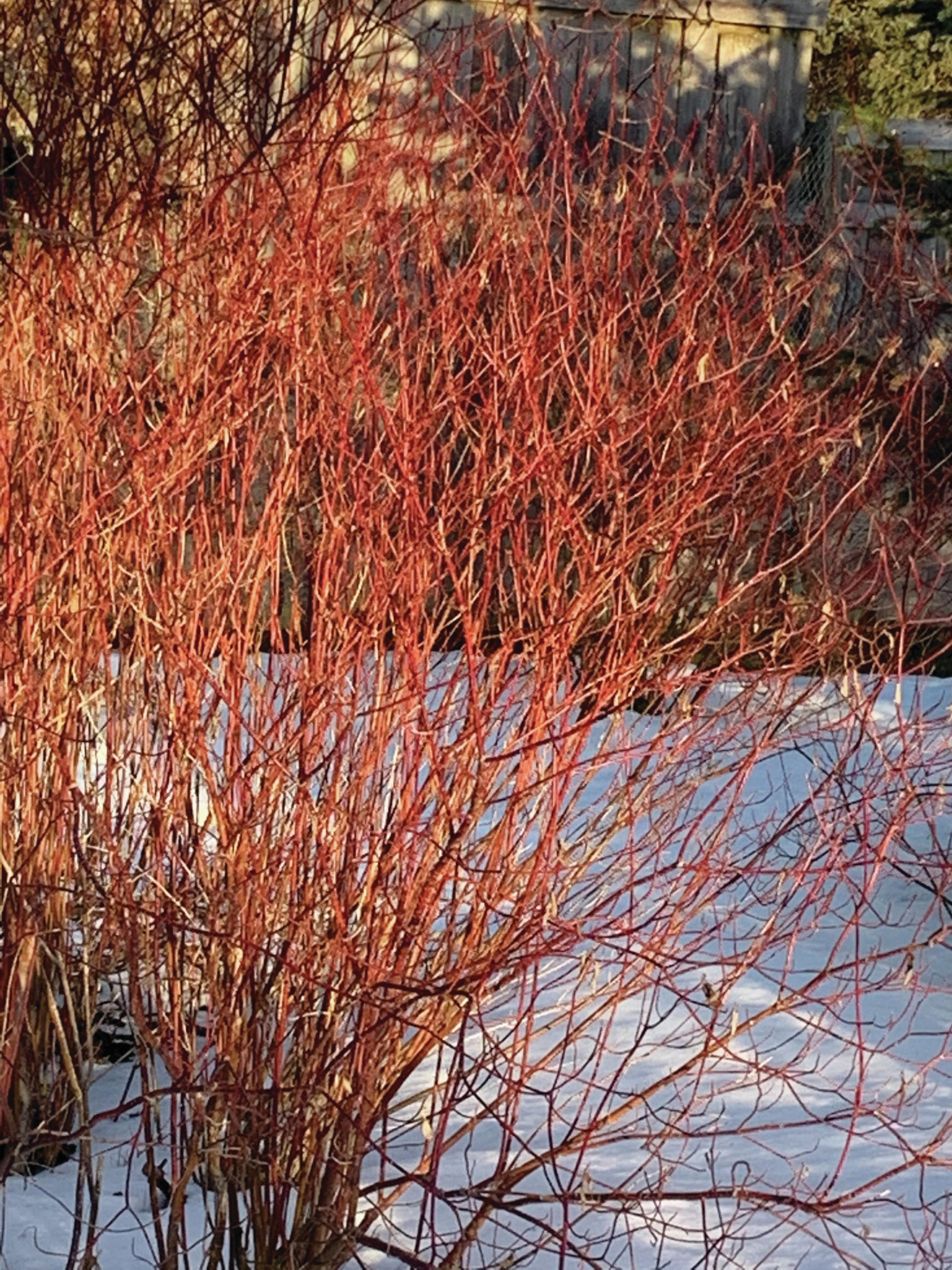This is an awkward column. Seed starting will be addressed but, in truth, I want you to buy your seedlings from one of our excellent nurseries, and here’s why: you will get exactly what you need; they will be strong and healthy; you will be able to talk to the staff about your needs and concerns. There, I said it for the millionth time — what you do with that rock solid information is up to you.
So let’s get going on seed starting, because I know there are those of you who are determined to do this deed.
You will need extra lights. The light from your windows isn’t sufficient. Your windows probably aren’t all that clean which will, in itself, cut down on how much light comes in. You may not have enough space to line up your seed containers on the sill. If you have all of that covered, nice. But if not this is where extra lights come in. I have had the best luck with actual grow lights. These provide the full spectrum that you seedlings will need to get underway. I use lights from this week to the first week in April when, if all goes well, the seedlings will be moved to the greenhouse where they will have all the natural light they could ever possibly need.
What is getting a head start at my house are four kinds of tomatoes, two kinds of onions, leeks, shallots and artichoke. These need to get going now if you want a reasonable harvest. I’ll hold off on cucumbers until the middle of March. There is also a four pack of lettuce; these will go into the greenhouse and probably be one of the first things we eat, along with radish that will be seeded in.
Everything else can wait until six weeks before you plant outside which should be about mid to late May depending on your elevation and Mother Nature.
Have you selected your seeds? Now would be the time to consider what it is you want to eat. The cole crops do exceptionally well at this latitude. Broccoli, cauliflower, Brussels sprouts, red cabbage (less likely to attract slugs than green cabbage) and kale come to mind.
Look for early maturing varieties; we have a short (albeit intense) summer. Take peas and beans for example. I look for dwarf varieties so the plant doesn’t need to expend all its time and energy gaining height before it sets fruit.
Think about staggering your start dates. Let’s use broccoli for example: start four seeds, two or three weeks later start four more.
Let’s look at what really grows here, what loves it here, what does NOT struggle and have you thinking you have made a huge, time consuming and expensive mistake. There really is a wide variety that thrives here; that will grow in your raised beds; that do not need a high tunnel.
There are two kinds of onions that I plant from seed every year: Red Wing and Patterson. These are long daylight varieties. When started from seed now they will produce onions that will rival whatever you will find in the grocery store and you will have grown them yourself. And they store beautifully.
How often do you use shallots? Not much I would guess considering the price of a withered bulb. Start your own, from seed and you will be amazed and astounded at wonderful these are.
But I no longer use “sets” for either onions or shallots; from seed really and truly produces gorgeous specimens.
For tomatoes I have a couple of all time favorites that we can’t seem to survive without: Brandywine and Black Japanese Trefele. I hear from those of you who don’t have success with Brandywine, the complaint being that they don’t produce enough. Well, mine set three times through the season. The first set are huge, the second medium and the third a tad on the small side. But they are all delicious and make perfect BLTs which, admittedly, just how many of those do we need? Sakura has taken a slot as a favorite; this is rather hefty cherry with excellent flavor. I’m opting out of Sungold this year and subbing in a new one (always try a new one, there are so many out there, you don’t want to miss anything) — Sweet Aperitif if for no other reason than its name. We’ll see.
I like to start the tomatoes in four packs, the artichoke in a 3-inch pot, the alliums get broadcast in these odd t3-inch by 4- inch pots that I came across somewhere and don’t know what I ever did without them. Dampen the potting soil and sprinkle the seed over the surface, don’t get carried away, you aren’t feeding a battalion, cover lightly with more soil and gently water. Once they are up and running you will separate them out into individual cells in a four pack.
That does it for what you really need to start now.
Be thinking about carrots, radish, greens (whatever your heart desires), beets, turnips, all of these can be seeded directly in the ground, no need to start now. There is plenty of time, browse the seed racks, consider your possibilities.
This is the time of year that enthusiasm runs rampant. Think small, don’t over plant. The reality of 20 tomato plants will be ugly.
NOTE: There is much chatter out there about ailing birds at our feeders. Whatever it is that is making them look less than stellar might be controlled by cleaning our feeders. It really is common sense but sometimes it just needs to be said: Scrub your feeders.
Rosemary Fitzpatrick is a longtime Homer gardener and has been writing Kachemak Gardener since 1990.


